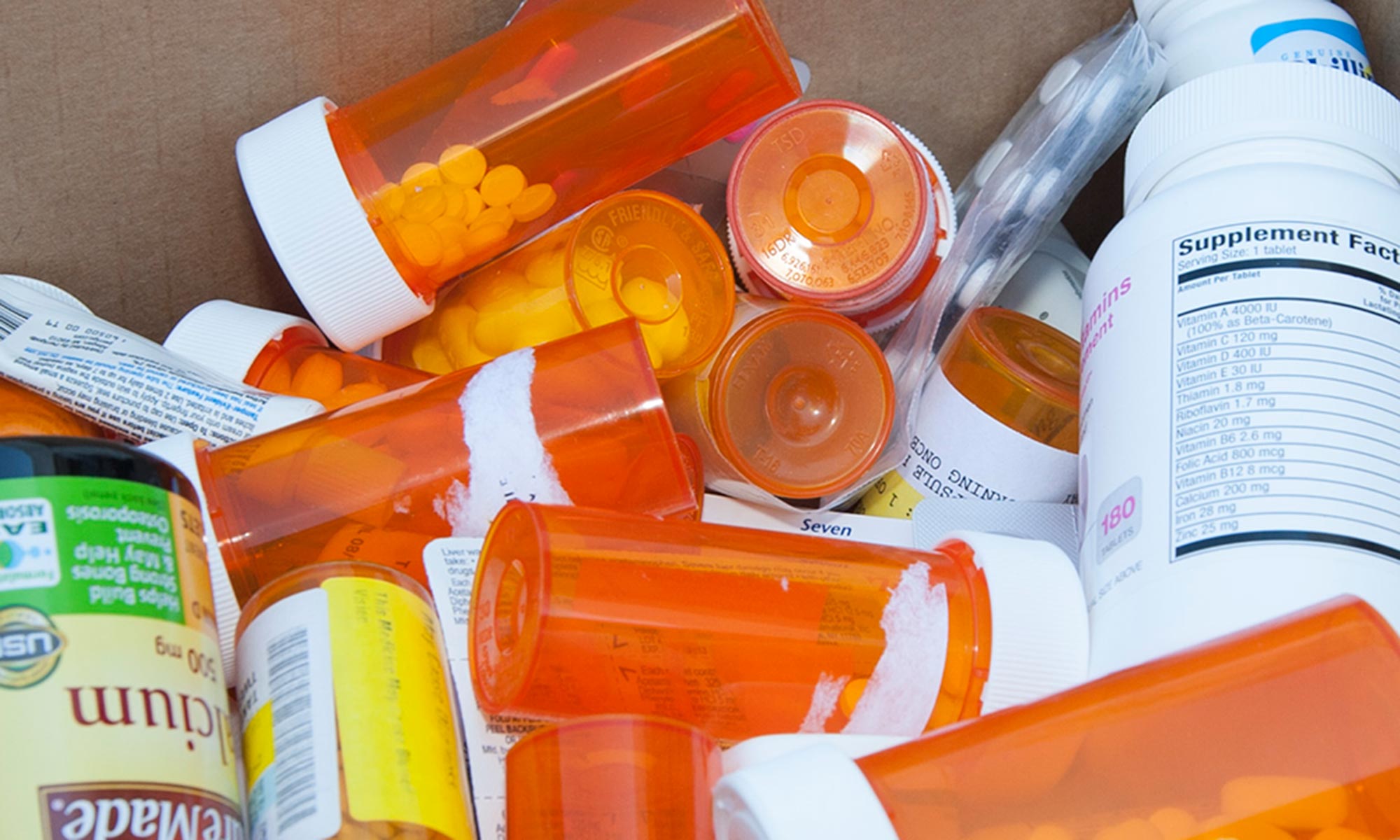Alcohol Poisoning
Alcohol poisoning results from drinking large amounts of alcohol in a short period of time.
Death due to alcohol poisoning can occur when major organ systems, like the lungs, heart and brain, slow down and possibly stop working. Large amounts of alcohol cause the body to focus most of its energy toward expelling alcohol from the system through the liver which cause the other vital bodily functions to slow down.
Each year, 1,800 college students in the United States die as a result of alcohol consumption. Alcohol poisoning is attributed to many of these deaths. Death by alcohol poisoning can be prevented if students are aware of the signs of alcohol poisoning and know when to call for help.
Signs of Alcohol Poisoning
- Irregular breathing or breathing that is slow/shallow. If you notice anything unusual about a person’s breathing, get help immediately.
- Skin may become pale or bluish in color. The person may exhibit confusion or appear to be in a stupor.
- Vomiting.
- The person has passed out. If a person is passed out but can be awaken by others, don’t leave them alone and monitor their breathing.
- The person is non-responsive. If a person is non-responsive (they cannot be awaken by others), dial 911.
What to Do
If someone is exhibiting any signs of alcohol poisoning follow the steps below:
- Stay with the person. Leaving a person alone and checking on them every 15 minutes is putting their life at risk.
- Monitor their breathing and pulse. If their breathing becomes irregular, dial 911.
- Utilize the Bacchus Maneuver, detailed below.
- If they become non-responsive, dial 911 immediately. If you cannot wake someone up and they have had a large amount of alcohol, they need medical assistance immediately.
Things you shouldn't do:
- Don’t try any “sober up” methods. Time is the only thing that will sober up a person. Coffee and a cold shower will not help and could cause bodily injury.
- Don’t leave them alone. The most common mistakes that students make is leaving friends alone to “sleep it off.” If they are left alone, they could stop breathing and possibly die without medical attention.
- Don’t hesitate to call 911. It is a common fear to call 911 if students are at a party where underage drinking may be occurring. When a person is non-responsive, their life is in danger and they need medical attention. Students who are afraid to call 911 during a party should review the Responsible Action Program, a UT Dallas program, and the 911 Lifeline Law, a Texas law.
The Bacchus Maneuver
While waiting for help:
- Raise the arm that is closest to you above their head. Prepare to roll them towards you.

- Gently roll them toward you, guarding their head from hitting the floor. The head should rest in front of the arm, not on it.

- Tilt the head up to maintain airway. Tuck their nearest hand under the cheek to help maintain head tilt and raise the face off the floor.

Blood Alcohol Content (BAC)
BAC is the percentage of your blood volume that is alcohol.
The more you drink, the more alcohol you have in your blood. As your BAC increases, alcohol’s effects become less pleasant and more dangerous.
The rate at which a person’s BAC rises depends on several things:
- The number of drinks consumed (the more you drink, the higher your BAC).
- How quickly drinks are consumed.
- Your gender (women generally have less water weight and more body fat than men; because alcohol doesn’t go into fat cells as easily, more alcohol remains in a woman’s blood).
- Your weight (more weight = more water; water dilutes alcohol and lowers the BAC).
- Food in your stomach (food slows down alcohol absorption; protein is best to eat because it takes the longest to digest).
Risk Management
Lowest Risk
The lowest risk scenario is choosing not to drink. If you are underage, pregnant or have alcohol or other drug dependencies, the safest choice is to not drink.
| Low Risk | At Risk | |
|---|---|---|
| Men | No more than 2 drinks per day | 4 drinks a day or 14 drinks a week |
| Women | No more than 1 drink per day | 3 drinks a day or 7 drinks a week |
Studies have shown that women or men who drink at the "at risk" level or higher are more likely to experience alcohol-related consequences, including:
- Nausea and vomiting.
- Hangovers.
- Doing something they later regret.
- Experiencing memory loss.
- Missing a class.
- Performing poorly on a paper or an important exam.
- Getting into an argument.
- Being hurt.
- Being taken advantage of sexually or taking advantage of someone else.
- Damaging property.
- Making the choice to drive under the influence.
- Getting in trouble with the authorities.
Possible Alcohol Effects
| BAC | Possible Effects |
|---|---|
| .02 - .04% | Lightheaded — mildly relaxed, mood may be intensified (positively or negatively) |
| .05 - .07% | Buzzed — Feel warm and relaxed, good moods are better and bad moods are worse, euphoria, may talk louder/act bolder than usual. May take dangerous chances. |
| .08 - .10% | Legally Intoxicated — May slur speech, balance/motor skills become impaired, sight/hearing ability clearly diminished, judgment/self-control impaired, may make poor/risky sexual choices. |
| .11 - .15% | Drunk — "high," balance very impaired, judgment, memory and motor skills impaired, may forget how many drinks you have had past this pint, men may have trouble functioning sexually. |
| .16 - .19% | Very Drunk — Euphoria may give way to unpleasant feelings (depression), difficulty talking/walking/standing, sharp increase in chances of physically injuring yourself or others, may experience a blackout at this level or higher, nausea, dizzy, blurred vision. |
| .20% | Confusion and Disorientation — May need help to stand or walk; if you hurt yourself, you probably won’t realize it because the alcohol has numbed your pain and your judgment is so impaired you might not do anything about it; nausea and vomiting common, getting very dangerous because gag reflex is impaired, so you could choke if you do throw up (especially if you black out). This can result in death. |
| .30% | Stupor — Likely to pass out involuntarily (as opposed to lower BAC’s where you may decide to stop drinking and go to sleep); if you pass out, it may be difficult for others to wake you; possible to die from alcohol poisoning or choking on vomit at this level and higher. |
| .35% | Equivalent to general anesthesia, breathing may stop. |
| .40% | Coma likely, breathing and heartbeat slowed to dangerous levels due to slowdown in nerve activity. |
BAC Table
Women
| Drinks | Approximate BAC by Body Weight (lbs) | |||||||||
|---|---|---|---|---|---|---|---|---|---|---|
| 90 | 100 | 120 | 140 | 160 | 180 | 200 | 220 | 240 | ||
| 0 | .00 | .00 | .00 | .00 | .00 | .00 | .00 | .00 | .00 | Only Safe Driving Limit |
| 1 | .05 | .05 | .04 | .03 | .03 | .03 | .02 | .02 | .02 | |
| 2 | .10 | .09 | .08 | .07 | .06 | .05 | .05 | .04 | .04 | Driving Skills Significantly Affected Possible Criminal Penalties |
| 3 | .15 | .14 | .11 | .10 | .09 | .08 | .07 | .06 | .06 | |
| 4 | .20 | .18 | .15 | .13 | .11 | .10 | .09 | .08 | .08 | |
| 5 | .25 | .23 | .19 | .16 | .14 | .13 | .11 | .10 | .09 | |
| 6 | .30 | .27 | .23 | .19 | .17 | .15 | .14 | .12 | .11 | |
| 7 | .35 | .32 | .27 | .23 | .20 | .18 | .16 | .14 | .13 | Legally Intoxicated Criminal Penalties |
| 8 | .40 | .36 | .30 | .26 | .23 | .20 | .18 | .17 | .15 | |
| 9 | .45 | .41 | .34 | .29 | .26 | .23 | .20 | .19 | .17 | |
| 10 | .51 | .45 | .38 | .32 | .28 | .25 | .23 | .21 | .19 | Death Possible |
Subtract .01% for each 40 minutes of drinking.
One drink is 1.25 oz. of 80 proof liquor, 12 oz. of beer, or 5 oz. of table wine.
Men
| Drinks | Approximate BAC by Body Weight (lbs) | ||||||||
|---|---|---|---|---|---|---|---|---|---|
| 100 | 120 | 140 | 160 | 180 | 200 | 220 | 240 | ||
| 0 | .00 | .00 | .00 | .00 | .00 | .00 | .00 | .00 | Only Safe Driving Limit |
| 1 | .04 | .03 | .03 | .02 | .02 | .02 | .02 | .02 | |
| 2 | .08 | .06 | .05 | .05 | .04 | .04 | .03 | .03 | Driving Skills Significantly Affected Possible Criminal Penalties |
| 3 | .11 | .09 | .08 | .07 | .06 | .06 | .05 | .05 | |
| 4 | .15 | .12 | .11 | .09 | .08 | .08 | .07 | .06 | |
| 5 | .19 | .16 | .13 | .12 | .11 | .09 | .09 | .08 | |
| 6 | .23 | .19 | .16 | .14 | .13 | .11 | .10 | .09 | |
| 7 | .26 | .22 | .19 | .16 | .15 | .13 | .12 | .11 | Legally Intoxicated Criminal Penalties |
| 8 | .30 | .25 | .21 | .19 | .17 | .15 | .14 | .13 | |
| 9 | .34 | .28 | .24 | .21 | .19 | .17 | .15 | .14 | |
| 10 | .38 | .31 | .27 | .23 | .21 | .19 | .17 | .16 | Death Possible |
Subtract .01% for each 40 minutes of drinking.
One drink is 1.25 oz. of 80 proof liquor, 12 oz. of beer, or 5 oz. of table wine.
The Cost of a DWI Conviction in Texas
| Attorney’s Fees | $1,500 to $5,000 |
| Cost to tow your car | $140.00 |
| Average Fine | $500.00 |
| Probation Fees | $780.00 per year |
| License Reinstatement | $125 plus $1000 a year for 3 years |
| Alcohol Education Class | $135.00 |
| Insurance increase | Could be 4 to 5 times as much as you pay now or you may just be dropped entirely |
| Total Average Cost Of A First Conviction DWI | $13,500 |




